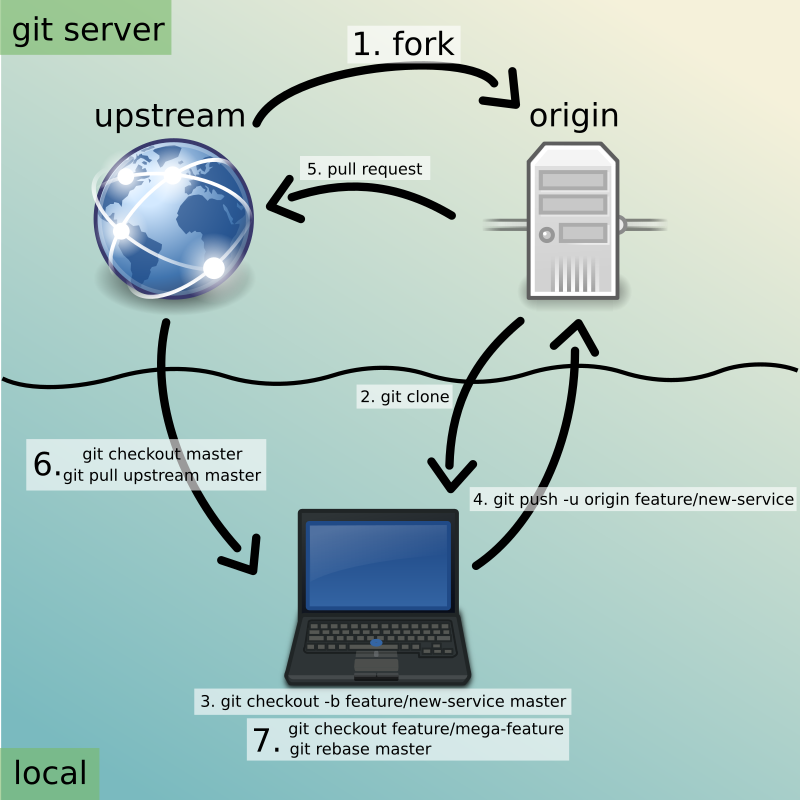Essential Git: A Practical Guide for Beginners

About Course
In today’s fast-paced development environment, version control is no longer optional—it’s essential. “Essential Git: A Practical Guide for Beginners” offers a hands-on, beginner-friendly guide to mastering Git, the world’s most popular distributed version control system. Whether you’re a developer, designer, or data scientist, this course is designed to help you understand and use Git confidently in your personal or professional projects.
You’ll learn the fundamentals of how Git works, including creating repositories, managing branches, merging changes, resolving conflicts, and working with remote repositories like GitHub. From basic commands to advanced features like rebasing and stashing, you’ll be equipped with practical knowledge and best practices that you can apply immediately. By the end of this course, you’ll be ready to collaborate on projects with ease, track code changes effectively, and contribute to open-source or enterprise development environments with confidence.
Course Content
Introduction
What is version control?
00:00Explanation of what Git is
00:00Brief history of Git and its development
00:00